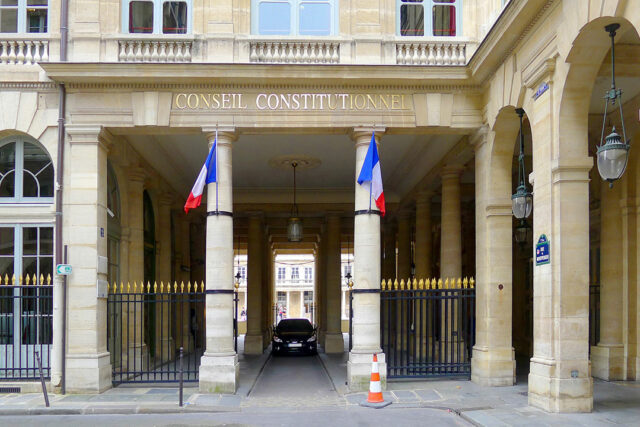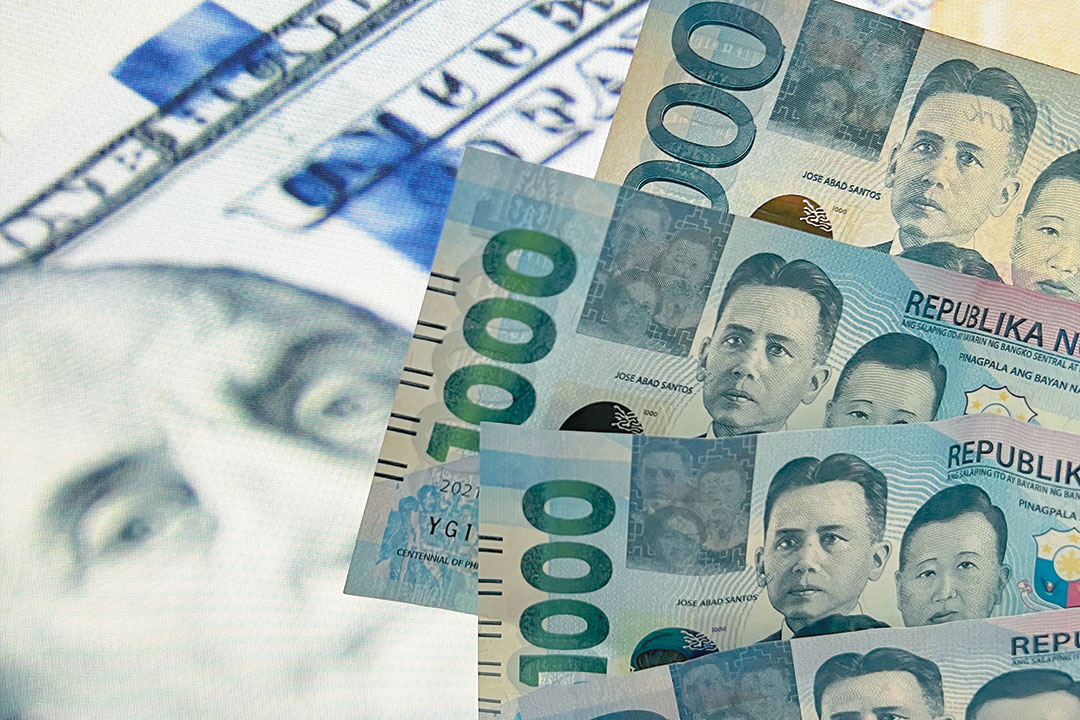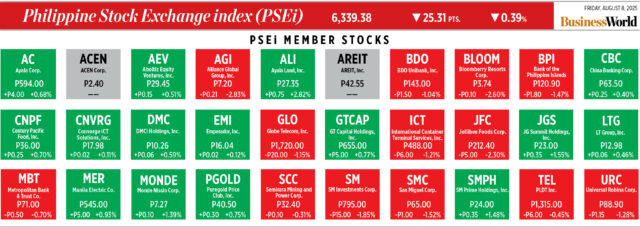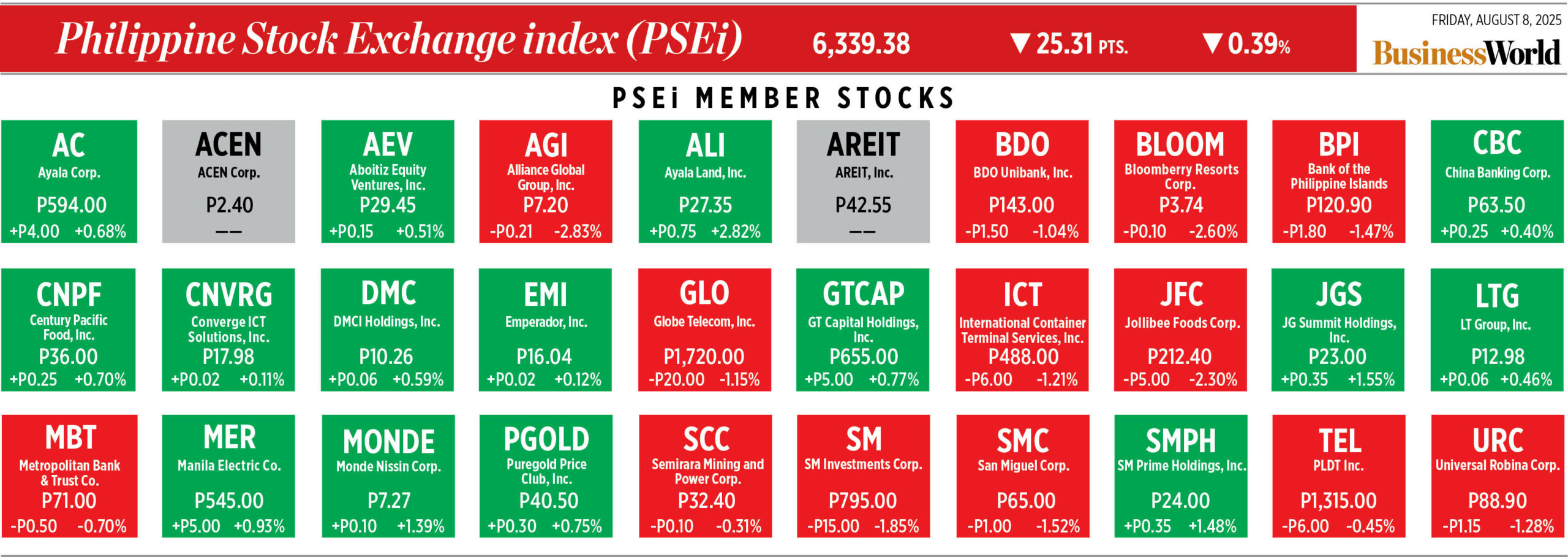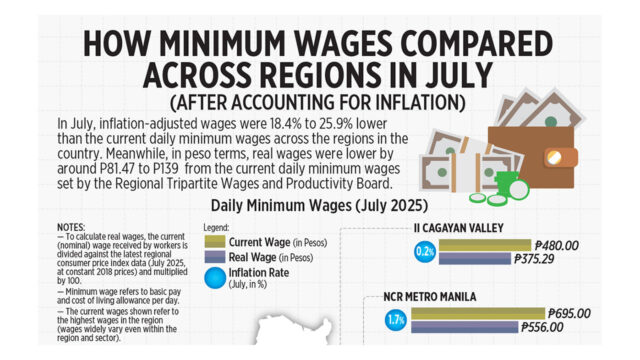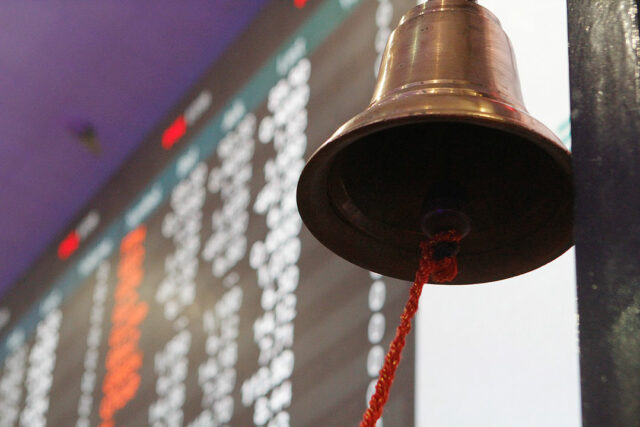Borrowing from Tomorrow

On July 23, President Ferdinand Marcos, Jr. had just arrived from a five-day official visit to the US, where he came home with US President Donald Trump’s rather condescending final 19% tariff on Philippine exports to the US. It seems that there was no time for President Marcos Jr. to review and edit the State of the Nation Address (SONA) that he delivered on July 28, because he made no mention of the measly 1% tariff reduction grudgingly given by Trump, which might affect the vulnerable developing Philippine economy. He in fact started his SONA with, “…maganda ang ating ekonomiya (our economy is doing well).” He then promised several big infrastructure projects and socio-economic programs, assured more classrooms and free health services, more jobs, more agriculture, more production. But where’s the money for these, coming from?
BusinessWorld’s alarming front page banner headline on July 31 urged focusing on an economy in distress: “PHL debt hits record-high P17.27 trillion.”
The National Debt is the total amount owed by the Philippine government (NG) to creditors such as international financial institutions, development partner-countries, banks, global bondholders and other investors.
Domestic debt, which comprises 69.2% of total debt, is composed of government securities, increased by 13% to P11.95 trillion as of end-June from P10.57 trillion in the same month last year.
Foreign debt is, at P4.91 trillion or 30.8% of the total, composed mainly of P2.71 trillion in government securities and P2.6 trillion in loans. External debt securities consisted of P2.29 trillion in US dollar bonds, P252 million in euro bonds, P59.32 billion in Japanese yen bonds, P56.38 billion in Islamic certificates, and P54.77 million in peso global bonds.
The Bureau of the Treasury said it prioritizes domestic borrowings because it is “consistent with the government’s goal to boost the local capital market while lowering foreign exchange risks and building investor trust in Philippine-issued securities,” BusinessWorld reported. Domestic borrowings of the Government are from the people and businesses directly.
In bristling reaction to the P17.27-trillion national debt, Senator Panfilo Lacson warned that the national debt might reach as high as P23 trillion by the end of President Marcos Jr.’s term in 2028 due to an increase in borrowings both domestic and external. Mr. Lacson noted that the national debt was only P5.9 trillion by the end of President Benigno Aquino III’s term in 2016. It then rose to P13 trillion by the end of President Rodrigo Duterte’s term in 2022. “Ngayon, three years pa lang tayo, nasa P17.35 trillion (Now, only three years into Marcos Jr.’s term, we are at P17.35 trillion). And Mr. Lacson jabbed at the corruption that diverted loan proceeds into the pockets of government officials: “Ang problema natin, umuutang tayo pero na mi-misuse ’yung inuutang natin. Napupunta sa bulsa nung alam mo na, ’yung matatakaw na kawani ng gobyerno, mapa executive man o legislative branches. (Our problem is, we borrow money but our borrowings are misused. It goes to the pockets of, as you already know, the greedy members of government, be they in the executive or legislative branches.)”
In the same ABS-CBN News program on July 31, the Department of Finance (DoF) said that despite inheriting the larger debt stock, the DoF had already made improvements to the country’s debt statistics by reducing the NG debt-to-GDP ratio to 60.7% in 2024 via a prudent debt management strategy. With the economy continuing to grow faster — reaching about P36.8 trillion in 2028 — compared to its obligations, the country remains firmly on track to reduce the NG debt-to-GDP ratio to below 60% by the end of the President’s term, the DoF said.
In a BusinessWorld article on the same day of the National Debt uproar, Palace Press Officer Clarissa A. Castro said the DoF considers 70% of gross domestic product (GDP) to be the international threshold for sustainable borrowing, as opposed to the 60% rule-of-thumb that multilateral banks often hold developing countries to. NG debt as a share of GDP rose to 62% at the end of the first quarter, the highest in 20 years. This is a significant jump from the 60.7% posted at the end of 2024, she said.
On ABS-CBN News on Aug. 6, President Marcos Jr. defended himself, saying the government will “slowly bring down” the Philippines’ P17.27-trillion debt, assuring the public that the borrowed funds are being used to generate more jobs and invest in the upskilling of Filipino workers. “Pag talagang mahigpit tayo at tama ang gamit nung ating pondo, mayroon tayo! (If we are really strict, and the funds are put to the right use, we’ll be OK!)” Several analysts earlier expressed concern over the country’s rising debt, but government’s economic managers said the increasing debt was not a cause for worry as long as the country’s economy grows faster, and the debt-to-GDP ratio remains manageable, ABS-CBN reported.
The Department of Budget and Management (DBM) reported the increasing debt service of the National Government: P1.3 trillion in 2022, P1.6 trillion in 2023, and P1.9+ trillion in 2024. The country’s debt service hit a record P2 trillion last year, largely on principal payments, as the government moved to cut mounting obligations, the Philippine Star reported on March 17. Data from the Bureau of the Treasury showed that the government jacked up its debt payments in 2024 by 26% to P2.02 trillion, from the P1.6 trillion it paid in 2023. The debt payment was P6 billion short of the P2.026-trillion debt service program under the General Appropriations Act last year.
But the common “tao,” the ordinary citizen, cannot be assuaged by the mumbo-jumbo of debt-to-GDP growth ratios, the cost-benefit analyses of necessary borrowing for development, nor can the people be fully convinced that these “hulk” loan automatons deliver the goods (loan proceeds) to the rightful end users through operatives who will not be tempted with complicity for side-deals and diversions. It is the people who feel and suffer the burden of the humongous national debt.
To pay off the P17.27-trillion NG outstanding debt as of end-June, each Filipino has to pay around P146,500 — we have borrowed from Tomorrow, literally and figuratively.
Oxfam UK said this on the Philippine debt: “The burden of the debt contracted by the government of the Philippines is borne by the poor, who pay for it in terms of reduced incomes, and the under-funding of the health and education services on which they depend. In stark terms, the debt leads to deprivation and marginalization, wasted lives and even death” (oxfamilibrary).
Former Finance Secretary Gary Teves (2005-2009) said that “it crowds out funding for education, healthcare, and infrastructure. When debt is high, a large portion of the government’s budget will be used to pay our debt, which reduces the portion of the budget that could be allocated to priority projects.”
In his commentary in the Philippine Daily Inquirer of March 6, 2024, Mr. Teves said, “Higher debt-to-GDP ratio hinders more investments. It may lead to concerns among investors about a government’s ability to repay its loans, potentially leading to higher interest rates and reduced investment that could have generated more and better jobs.
“Borrowing domestically crowds out funding for private investors. When the government borrows more funds locally, private investors face higher interest rates since there are less funds available for them to borrow, which can further dampen economic growth.”
Mr. Teves recommended: “The government has to earn more revenues and/or decrease its spending to reduce our national debt.” Revenues can be increased from efficient and honest tax collection and expenses can be reduced by more efficient planning and allocation of funds.
“While borrowing can be a useful tool for necessary expenses and economic development, it is crucial to ensure that borrowed funds contribute to long-term growth. Maintaining a healthy debt-to-GDP ratio is a reflection of wise fiscal choices that safeguard the nation’s financial well-being in the long run,” Teves admonished.
What can we ordinary citizens say, bewildered and frightened as we are by screaming headlines of “PHL debt hits record-high P17.27 trillion”?
We worry about inflation, foreign exchange fluctuations, declining savings and investment rates. We wonder why taxes have been increased to 20% on all bank products, including the erstwhile tax-free foreign exchange deposits and small investments (CMEPA regulation). As small investors, we hurt when T-bill rates are pulled down, and we have to patriotically understand that the lower domestic borrowing cost of government from these T-bills, T-bonds, etc. will fund more government projects and programs for sustainable development. But then again, it angers us that we, the people, are borrowing from Tomorrow to fund Today’s corrupt officials who “make hay while the sun shines” as perquisite to their position and influence.
The World Bank, ADB, and IMF estimated that corruption in the Philippines diverts 20% of the budget to politicians’ pockets. At this rate, it means P2 trillion of the P6.352 trillion aren’t spent on operations, projects, and program expenses, but go to certain government officials. On the production side of the GDP, this means that the impact of the expenses on production and productivity is lessened since less roads, schools, bridges, and other hard structures which would have improved the production and productivity of the public and private sectors. These leaks also mean lower salaries for government employees, including teachers, which would have meant better training and competency which redounds to better students and services to the public (philstar.com, Sept. 30, 2024).
We have borrowed from Tomorrow for our beloved country, today.
God save the Philippines!
Amelia H. C. Ylagan is a doctor of Business Administration from the University of the Philippines.







